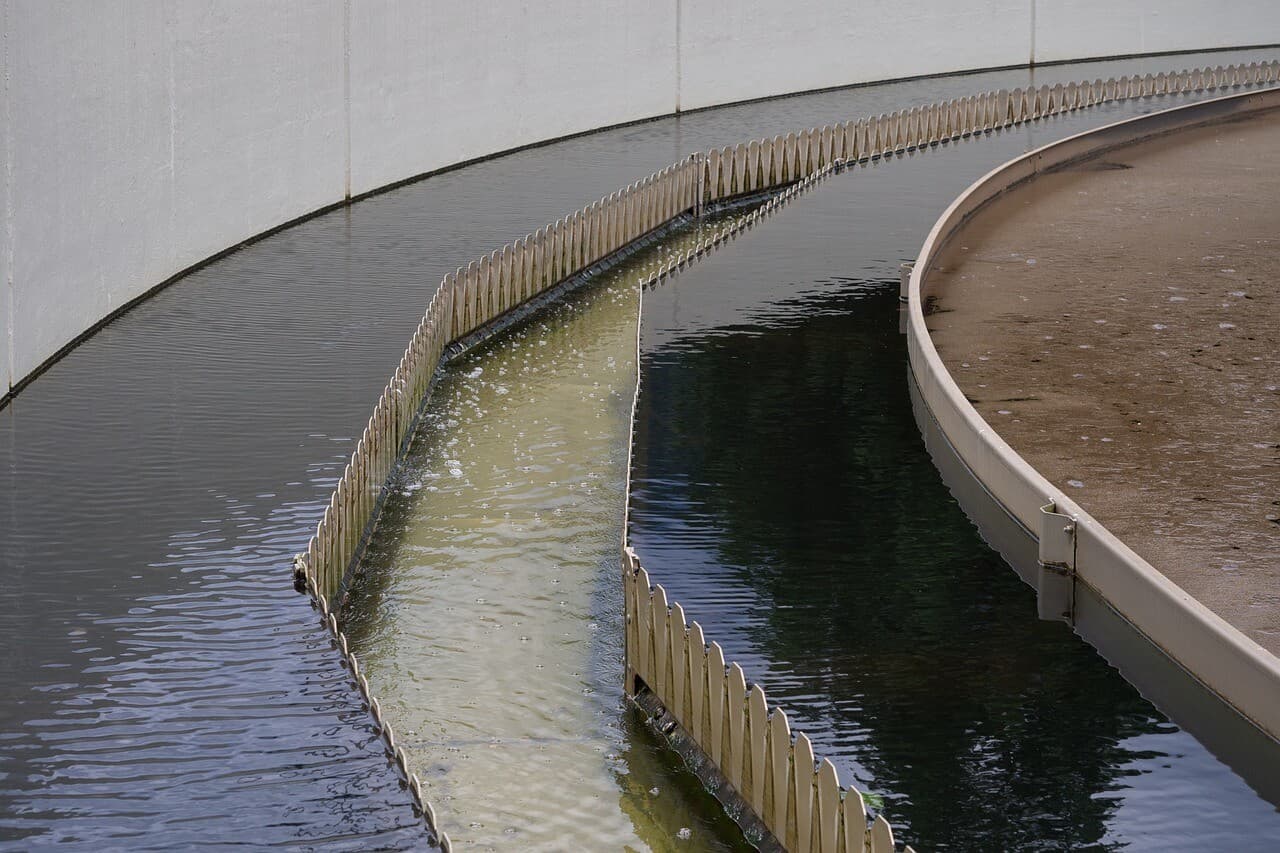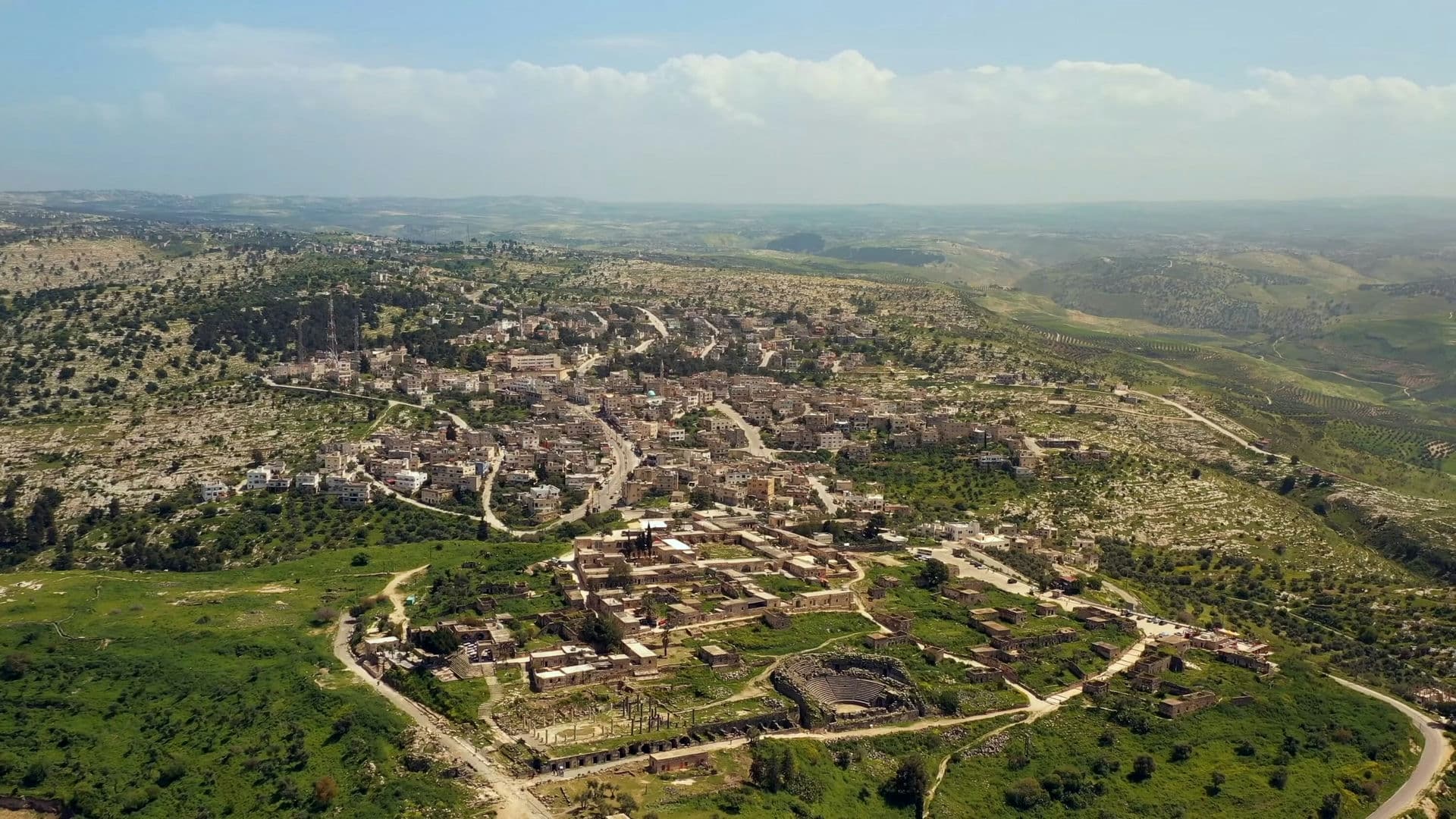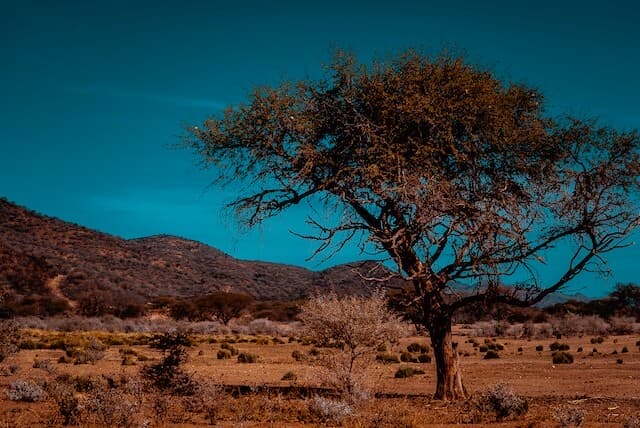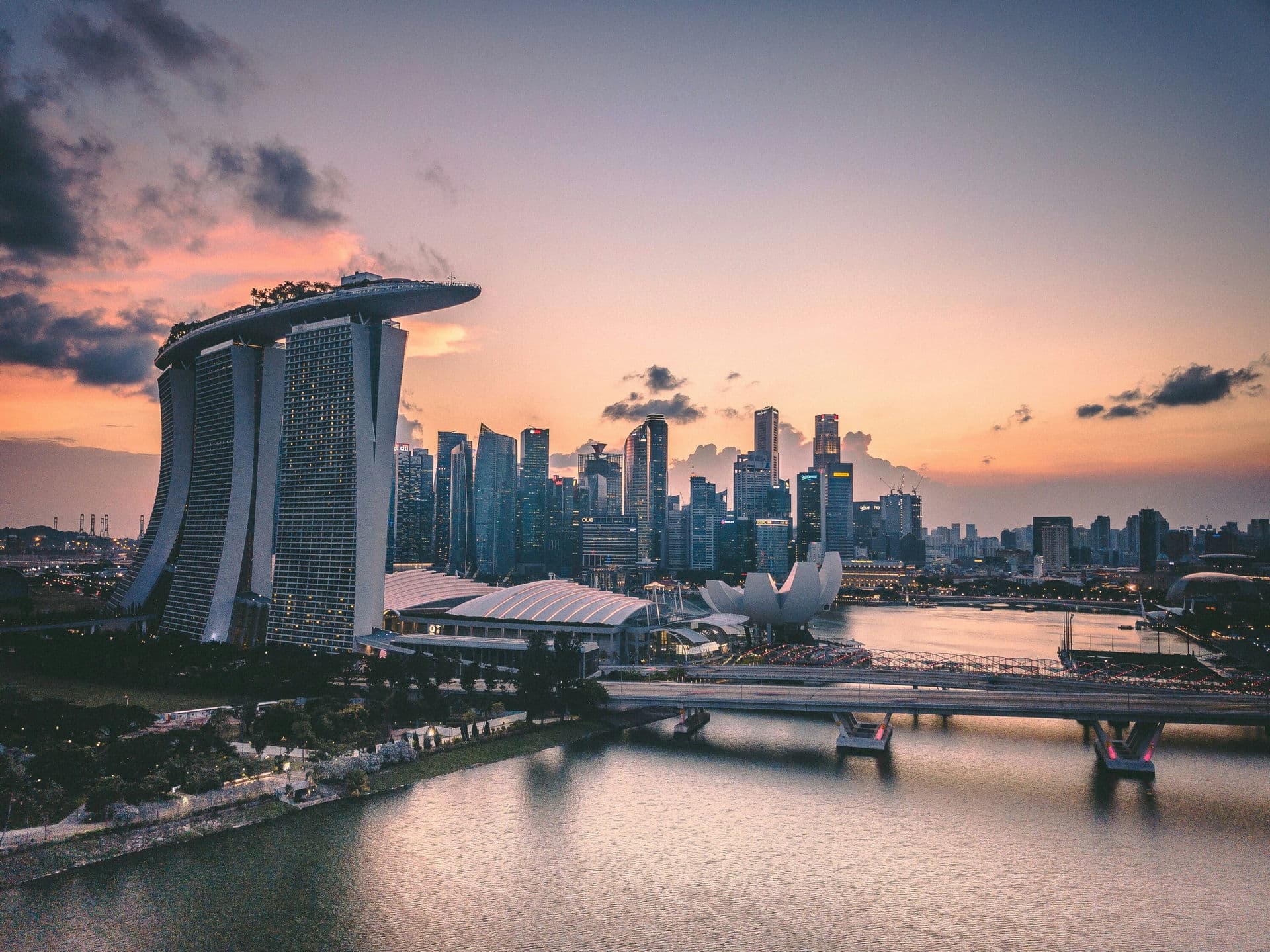Water scarcity is a major problem around the world. It affects more than 2 billion people (UN 2019), or almost a quarter of the world's population, according to the United Nations. Climate change and population growth are contributing to water scarcity, and the situation is expected to worsen in the coming years. Recycling wastewater (or REUSE) is one promising solution to this problem. By treating and reusing wastewater, we can reduce the pressure on freshwater resources, especially in arid and semi-arid regions, and provide a reliable source of water for drinking and irrigation. In this article, we will explore the current status of wastewater reuse and present some of the most promising cases around the world.
 In view of the increasing scarcity of water on a global scale, wastewater reuse appears to be a promising prospect. This water can be used for various purposes: irrigation of green spaces or agricultural plantations, fire prevention, street cleaning, or groundwater recharge. Once made potable, it can even be used for human consumption or for industrial purposes.
In view of the increasing scarcity of water on a global scale, wastewater reuse appears to be a promising prospect. This water can be used for various purposes: irrigation of green spaces or agricultural plantations, fire prevention, street cleaning, or groundwater recharge. Once made potable, it can even be used for human consumption or for industrial purposes.
The widespread presence of wastewater offers the possibility of using it in all regions, unlike desalination, another alternative limited to coastal areas and very energy-consuming and expensive.
Despite its great potential, wastewater is often considered a nuisance and a health risk. Indeed, this method, which is often misunderstood, is the subject of many prejudices on the part of the population and therefore hinders investments. Gérard Payen, a member of the UN Secretary General's Advisory Board on Water and Sanitation, sums it up perfectly: "People hate to imagine that they are drinking water that may have been sewage water". The psychological barrier comes from the fact that there is still a great deal of mistrust in technology and its ability to treat water perfectly. These prejudices tend to disappear with the increase of successful projects around the world.
Given the benefits of wastewater reuse, more and more countries are considering it as a key strategy to combat water scarcity. Reuse can help promote sustainable water management practices, enhance water security and thus avoid conflict, and contribute to the achievement of the United Nations Sustainable Development Goals.
According to the Suez article, various jurisdictions such as Australia, California, Israel, Jordan, Malta, Singapore, and Spain aim to meet 10 to 60 percent of their water needs by reusing treated wastewater.
As populations around the world continue to grow, effective and sustainable solutions such as wastewater reuse are playing an increasingly important role in safeguarding our most precious resource. Let's take a look at several wastewater reuse success stories from around the world.
Jordan is one of the driest countries in the world. Water scarcity is a serious problem for its 5.7 million inhabitants. Water is so scarce that it has become a highly coveted commodity, too coveted even to be released into the sewage system. This unprecedented water crisis has had a significant impact on water management.
The government has had no choice but to restrict residents in order to conserve drinking water as much as possible. Before, drinking water was free and accessible to all, now it is rationed (maximum 2 times a week) and paid for.

Amman, Jordan (Picture from Daniel Qura on Unsplash)
Each inhabitant would benefit from less than 200 cubic meters of available water per year, according to the Ministry of Water and Irrigation, when the threshold defined by the WHO is 1000m3. The WHO estimates that economic development and human health would be at risk below this value. However, a study by the Ministry of Statistics of Jordan explains that one household out of 6 would resort to urban agriculture. The value of the food grown in these urban gardens is estimated at 3.5 million USD according to the Ministry. These figures are more than surprising considering the available water resources! So how do they do it? By treating and reusing their domestic wastewater!
Researchers have found a very simple system to recycle the so-called grey wastewater from laundry, sinks, and showers while excluding black water from toilets. The inhabitants can thus use the recycled water to irrigate their vegetable plantations such as eggplants or olive trees, which are very common in the country because they are part of their heritage. It is still 20 liters of olive oil that are consumed per inhabitant every year!
Thanks to this system, they have been able to considerably reduce their need for freshwater while increasing the crops in their urban gardens. This serves, among other things, to feed the poorest people. Since the installation of this system, a decrease of no less than 15% in water consumption has been noted! Obviously, this system has been subjected to several tests during one year in order to ensure the quality of the water for irrigation.
Mr. Bino, director of the Inter-Islamic Network on Water Resources Development and Management explains in the study that this system was also installed in a school for girls to collect water from the fountains from which the students come to drink. This water is recycled and used to water the olive trees and plants in the school garden. As a result of this project, other schools have been quick to ask for the implementation of this system. This is a great example of how waste can easily be countered with wastewater reuse.
The success of Jordan's greywater reuse initiative can be attributed to a combination of factors. The Jordanian government has taken the lead in addressing water scarcity and has invested in developing a regulatory framework to ensure the safety and quality of reused water. In addition, public awareness campaigns have informed citizens about the benefits and safety of using treated greywater.
Greywater reuse in Jordan has been a resounding success, providing a reliable source of water for agriculture and reducing pressure on freshwater resources. The initiative highlights the potential of wastewater reuse to address the global water scarcity crisis and serves as a model for other countries.
 Namibia, the driest country in Africa and located between two deserts, had no choice but to find a solution to the water stress caused by the almost zero rainfall. The climate is so intense that almost all the water in the rivers evaporates.
Namibia, the driest country in Africa and located between two deserts, had no choice but to find a solution to the water stress caused by the almost zero rainfall. The climate is so intense that almost all the water in the rivers evaporates.
The capital city of Windhoek, a pioneer in this field, has been treating and reusing its wastewater for human consumption since 1968. The Direct Portable Reuse method was developed in the WINGOC plant, one of only three such plants in the world. This method consists of directly connecting a wastewater treatment plant with a drinking water production plant.
The plant manager, Thomas Honer, insists that "the water quality is better than that of a conventional sewage treatment plant." In fact, according to the World Health Organization, the treated water meets the highest quality standards and is safe for human consumption. The city's wastewater reuse program has provided a sustainable source of water for the city's growing population and reduced its dependence on imported water. It has also helped promote sustainable development in the region and has been recognized as a model of excellence by the international community.
Overall, Windhoek's wastewater reuse program is an excellent example of how innovative thinking and cutting-edge technologies can be used to address some of the world's most pressing challenges. With water scarcity expected to worsen in the coming years, it is essential that more cities and regions around the world adopt similar strategies to ensure a sustainable future for all.
If we compare France to other countries, it is largely lagging behind with only 1% of its wastewater reused compared to 14% in Spain, according to Frédéric Salin (Veolia Water Manager in Aude). This is mainly due to overly strict legislation in the country.
Currently, it is possible to use treated wastewater for agricultural irrigation and green spaces, and also for urban uses such as street cleaning for a little over a year. Unfortunately, the reuse of wastewater is still not allowed for food purposes, toilets, laundry, swimming pools, or fountains, as well as for uses in buildings receiving the public such as retirement homes or schools.
The summer of 2022 with its severe drought marked a turning point in the reuse of treated wastewater in France. This subject had never been so present, the president himself even mentioned this reuse in the "water plan" exposed on March 30th, 2023.
A revolutionary project called Jourdain has been designed to produce drinking water from wastewater, a first in Europe. The project uses advanced treatment technologies to remove micropollutants such as pharmaceuticals, personal care products, and endocrine disruptors from wastewater, providing a high-quality source of drinking water. This project was implemented in the Vendée region because in particularly dry years (such as 2022), the department has been short of up to 8 million m3 of drinking water, according to Ouest-France.
What does it really consist of? The Sables d'Olonne wastewater treatment plant normally discharges its treated wastewater into the sea. In the future, it will be sent to a refining station, then discharged into a vegetated transition zone that leads to the Jaunay reservoir. It is from this reservoir, created by a downstream dam, that the drinking water production plant takes the water that will then be treated before being sent to homes. By 2027, the Jourdain project will be able to treat approximately 600m3/hr of wastewater, which is equivalent to the consumption of 60,000 people. Other coastal cities, such as Saint Malo, are already very interested in setting up this facility on their territory.
 Singapore is a model for wastewater reuse. With its very wet weather, it would seem that this island does not lack water, but it is the opposite. Singapore has one of the highest densities in the world with 5 million inhabitants on less than 700 km2. Therefore, there is not enough land to install the necessary infrastructure to collect rainwater. The territory depends mainly on its neighbor: Malaysia. To regain its water independence, the city has installed infrastructures to desalinate seawater, but this takes much more energy than recycling wastewater.
Singapore is a model for wastewater reuse. With its very wet weather, it would seem that this island does not lack water, but it is the opposite. Singapore has one of the highest densities in the world with 5 million inhabitants on less than 700 km2. Therefore, there is not enough land to install the necessary infrastructure to collect rainwater. The territory depends mainly on its neighbor: Malaysia. To regain its water independence, the city has installed infrastructures to desalinate seawater, but this takes much more energy than recycling wastewater.
Therefore the city-state invested heavily in sophisticated wastewater treatment infrastructure and put in place a comprehensive regulatory framework to ensure the safety and quality of the reused water. After more than 60,000 tests, the quality of the water fully meets the WHO guidelines. The wastewater undergoes 3 treatments before being injected into the network: filtration through membranes, reverse osmosis, and UV illumination.
This treated wastewater, called "NEWater", is mainly used for industrial purposes. For example, the electronics industry needs pure water to manufacture the integrated circuits in the processors of our computers.
In addition, a fraction of the NEWater water is mixed with fresh water and distributed for drinking purposes. In an interview, officials from the Singapore Water Agency said: "The current production covers about 30% of Singapore's water needs. By 2060, we plan to triple this recycled water production." The strategy of the leaders is to "reuse every drop of water" to recycle it infinitely.
By 2025, a new treatment plant should be built. In total, the city will have invested 6.3 billion euros in wastewater recycling, in order to become self-sufficient (Source: France 24)
Overall, Singapore's wastewater reuse program demonstrates that innovative thinking, investment in technology, and strong community involvement can address some of the most significant challenges facing urban centers today. As more and more cities around the world face water scarcity and growing demand, Singapore's approach is an excellent example of sustainable development in action.
Wastewater reuse is a very promising solution to water scarcity and sustainability of water resources. With proper treatment and management, wastewater can become a valuable resource with multiple benefits, whether providing a source of drinking water for human consumption or for industry. However, wastewater reuse requires significant investment in infrastructure, technology, and regulation. By learning from success stories around the world and adopting best practices, we can build a sustainable future that relies on the wise use of water resources.
Did you know that? With BIOROCK, it is possible to recycle wastewater for plant irrigation.* See the example in video!
Contact us now to know more about it!
*See regulations in force in the country.
References: